After the United States entered World War II on December 7, 1941, debate ensued with our Allies over which course of action should be taken to conduct the war against the Axis forces. A number of plans were advanced and considered. In July 1942 President Franklin Roosevelt consented to send American forces to participate in an amphibious invasion of French North Africa as part of an Anglo-American force. Named TORCH, this operation aimed to simultaneously land and capture key strategic ports and airfields from southern Morocco to mid-Algeria. This would be the first step in a plan to ultimately trap, attack, and defeat the German Afrika Corps and Italian Army in conjunction with the British Eighth Army in Egypt. French military forces in North Africa were under control of the Vichy French government. Under the terms of the June 1940 Armistice with France the military there was to be under the overall direction of the Germans and was required to defend French territories against Allied assault. It was uncertain how the French would react to the invasion force.
Amphibious landings on such a large scale were unprecedented for the U.S. Army. Detailed planning was done to expedite success. Submarine periscope observations gained important pre-invasion intelligence. Aerial reconnaissance photographs, maps, and three-dimensional models were studied and used in planning the landing operations. Early on, it was recognized that there was a need for -- but a lack of troops ready for -- amphibious operations, so training had already started in June 1942. A shortage of specialized tank landing craft meant that key ports would have to be captured to land heavier medium tanks and other heavy vehicles. Aircraft carriers would provide air support for each task force.
Operation TORCH called for a three-pronged attack. Each task force would conduct landings in areas near their objectives. The Western Task ForceAca,!a,,cs objective was Casablanca, Morocco Aca,!" 190 miles south of Gibraltar. As the largest assault force, it included the 2nd Armored Division and the 3rd and 9th Infantry Divisions. The force sailed directly to North Africa from the Hampton Roads Port of Embarkation in Virginia. The Center Task ForceAca,!a,,cs objective was Oran, Algeria Aca,!" 280 miles east of Gibraltar. Included were Combat Command B of the 1st Armored Division, the 1st Infantry Division, the 509th Parachute Infantry Regiment, and the 1st Ranger Battalion. This force would sail from England, except for the 509th, which would fly more than 1600 miles from England and over Spain to conduct an airdrop near Oran. The Eastern Task ForceAca,!a,,cs objective was Algiers, Algeria Aca,!" 220 miles east of Oran. This was an Anglo-American force that included the 34th Infantry Division, and it also sailed from England.
In the darkness of the very early morning hours of November 8, 1942, the amphibious operations commenced. The Western Task Force encountered the heaviest opposition by far, but in other areas French forces gave varied resistance. Heavy opposition was also encountered during the push for Oran, while the push for Algiers encountered the least opposition. The landings were successful, and in three daysAca,!a,,c time most of the fighting was over. All of the objectives were achieved. The capture of French North Africa put the Allies in a much better position to plan and execute future operations against the Axis forces.
The U.S. Army had successfully planned, trained for, and executed large-scale amphibious landings under hostile fire, for which there was no precedent. However, the landing operations were not without problems, most of which occurred in the ship-to-shore phase of the landings. In some areas unexpected shallowness of water and sandbars were encountered. Periscope observations had been done prior to the landings, but reconnaissance parties had not been sent ashore to ascertain local conditions. Landing craft bearing vehicles and heavy equipment required a deeper draft, and a number struck sandbars over which infantry-laden craft had previously passed. Some landing craft grounded a distance from the shore, and when vehicles were unloaded into the water, many experienced malfunctions. The lack of specialized landing craft necessitated the capture of ports to land heavier medium tanks and other heavy vehicles. Confusion occurred both ashore and afloat. All caused unloading delays which often forced the infantry units to fight without much-needed equipment and tank support during the crucial early hours. These problems were analyzed, and the lessons learned on the beaches of North Africa were applied to future amphibious landings in Italy, France, and the Pacific. Not satisfied with short-term success, American forces learned from experience and went on to gain greater victories and to win the war itself over the next three years.
Related Links:
A Selected Bibliography of USAMHI Sources: George S. Patton, Jr
A Selected Bibliography of USAMHI Sources: Amphibious Warfare, WW II
A Selected Bibliography of USAMHI Sources: U.S. Army, North Africa, 1942-43
A Selected Bibliography of USAMHI Sources: Operation Torch, November 1942.
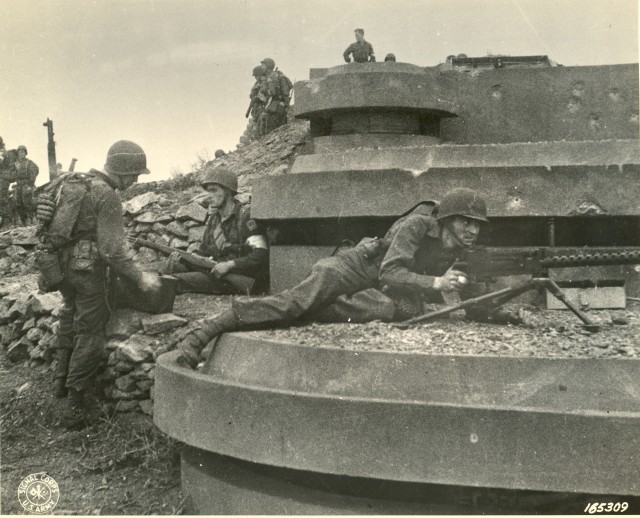
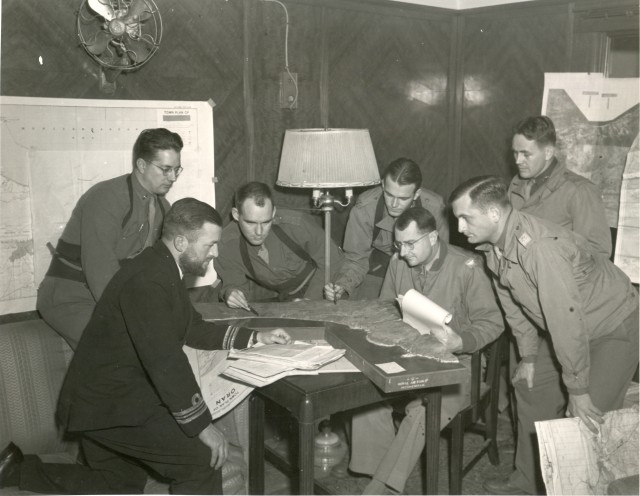
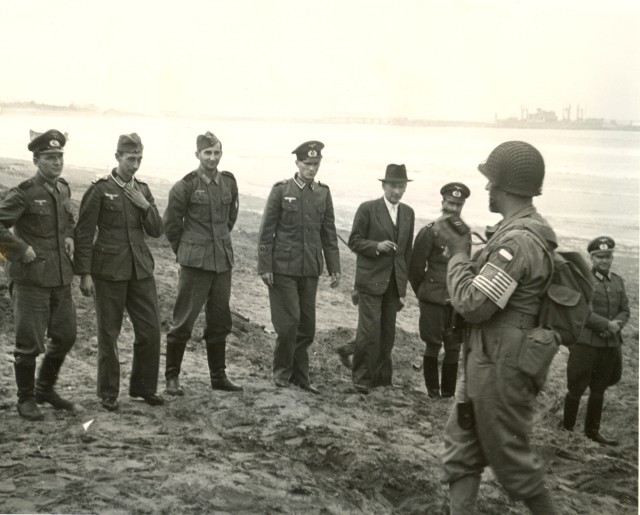


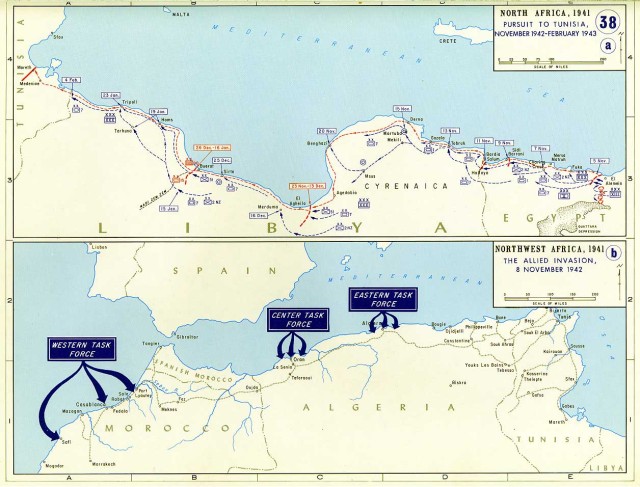
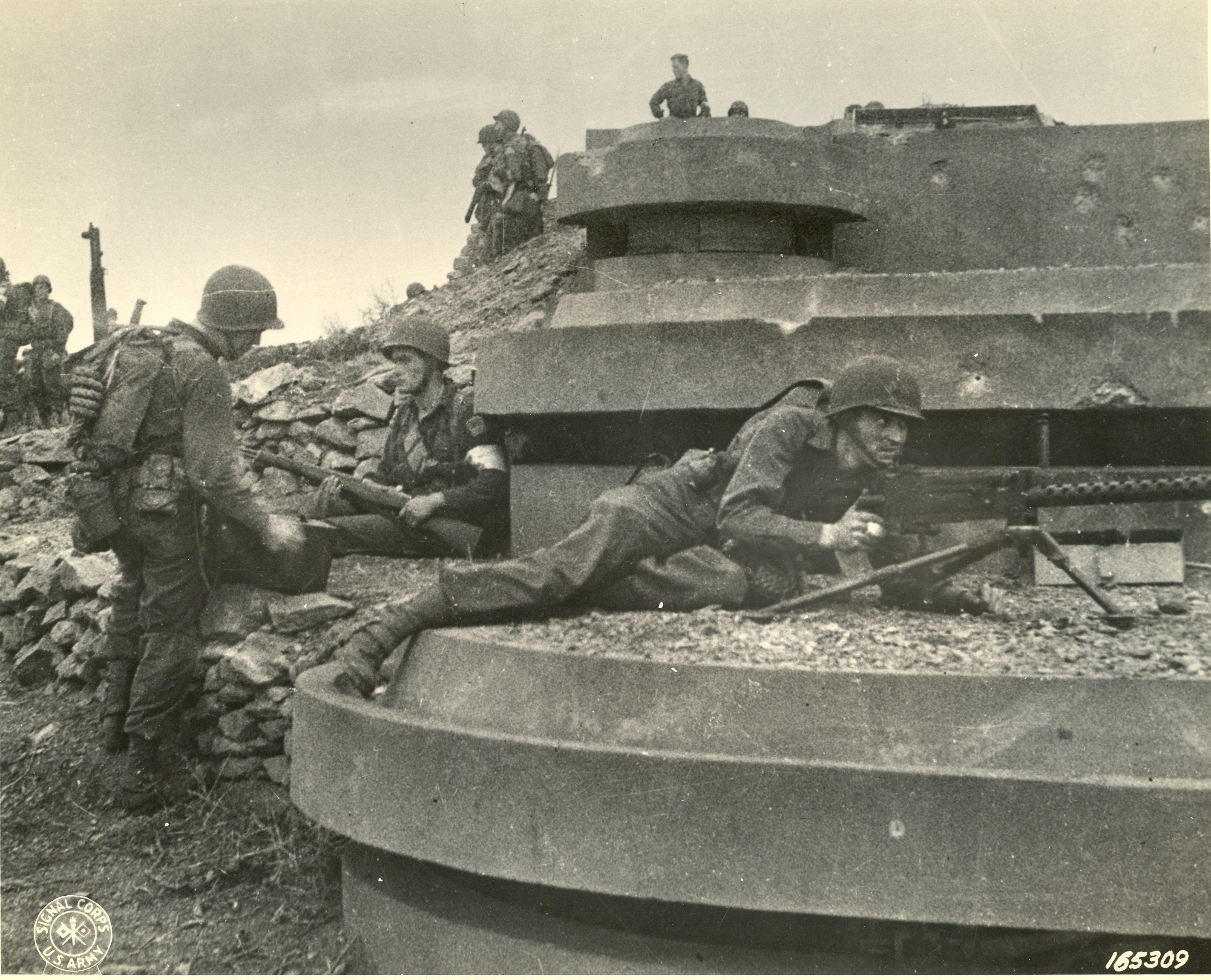

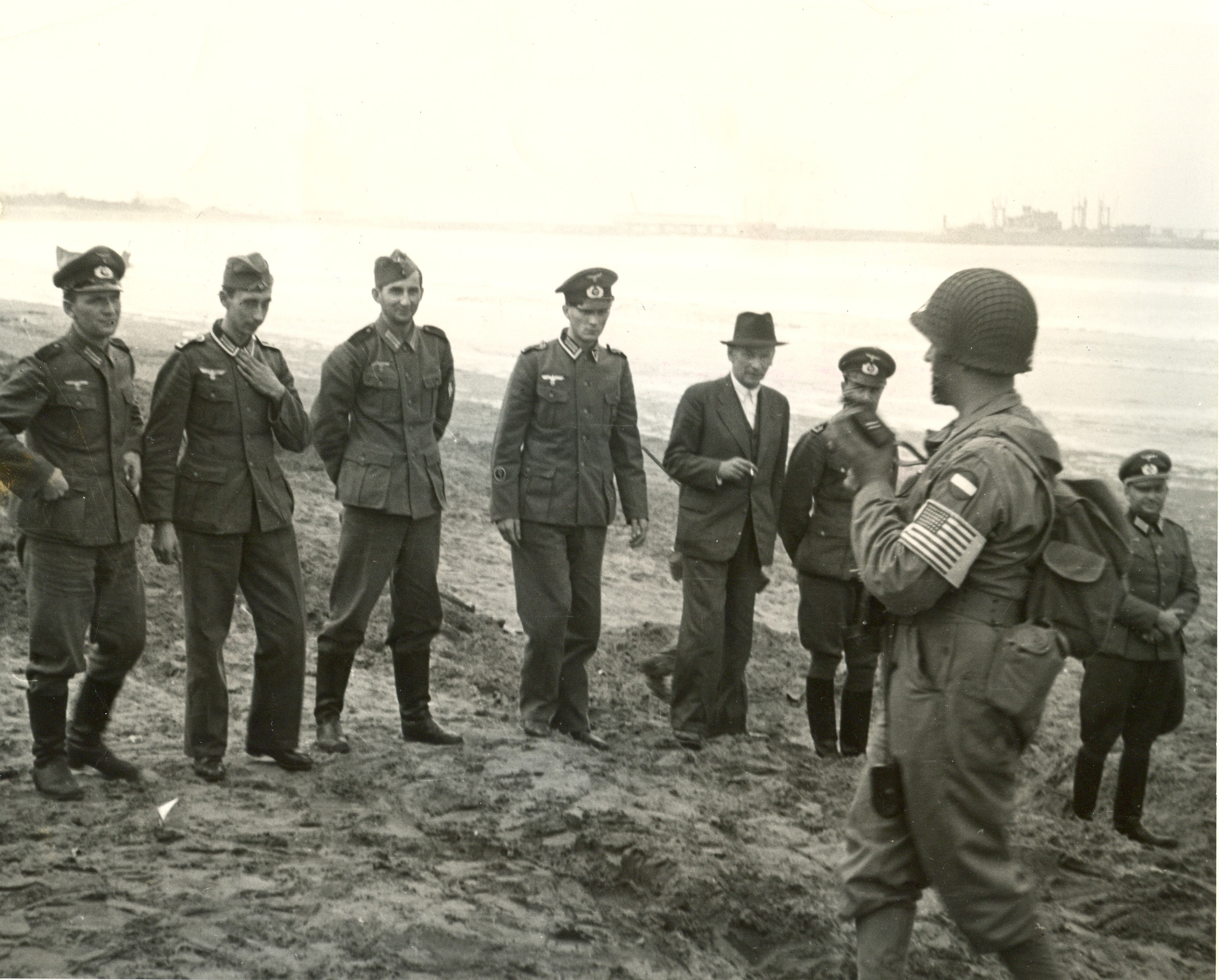


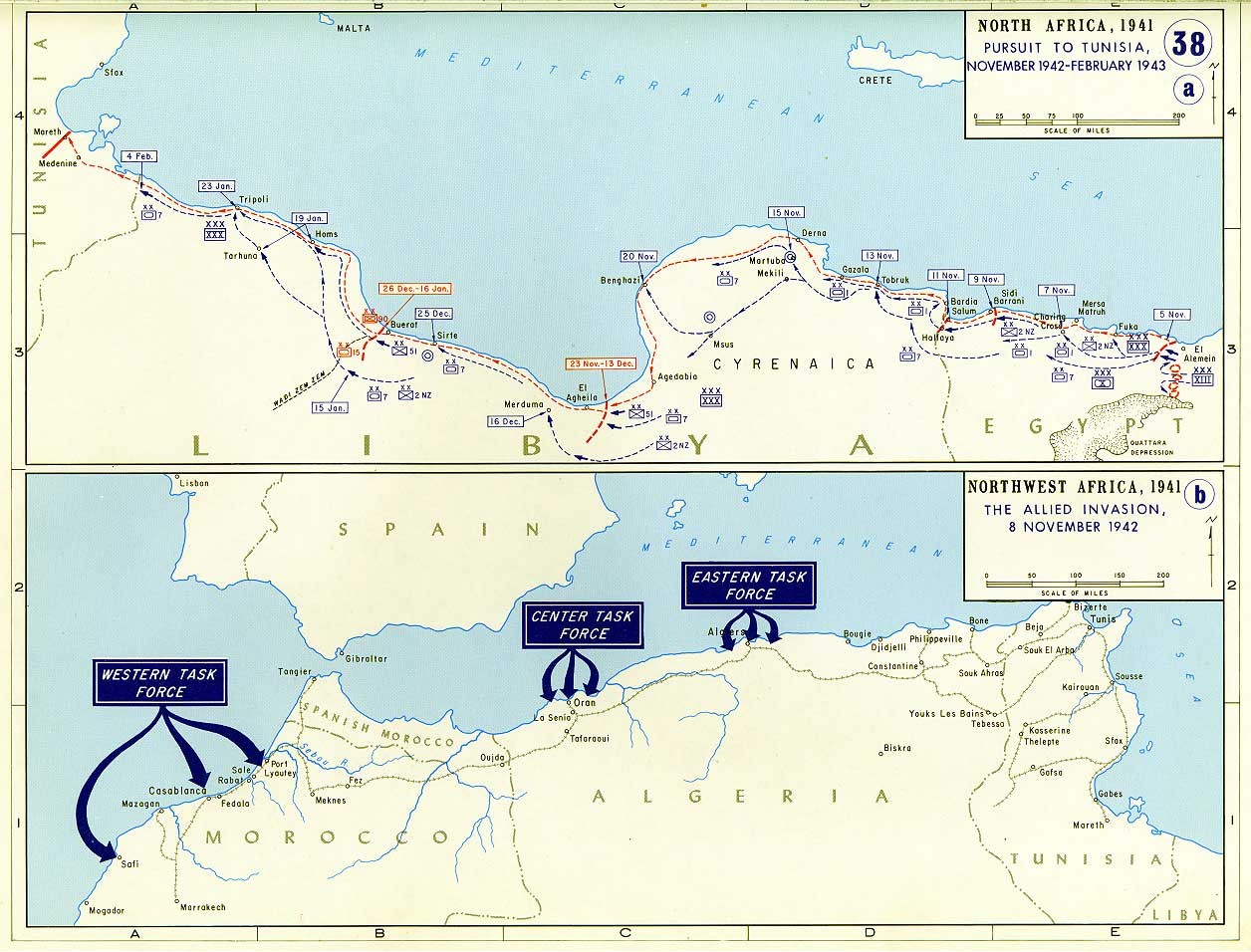
Social Sharing